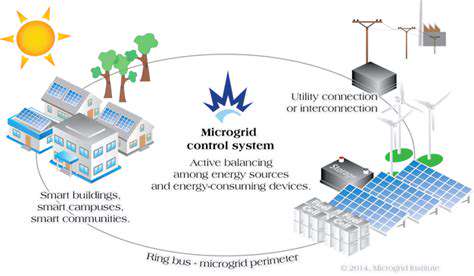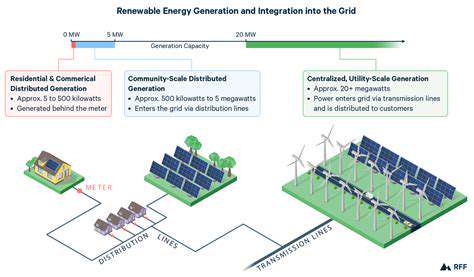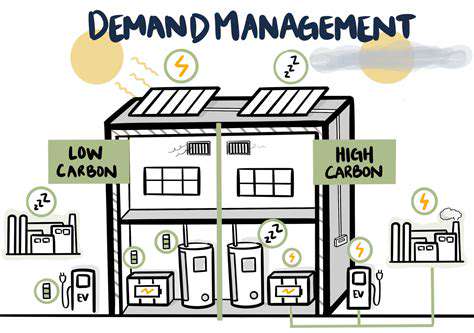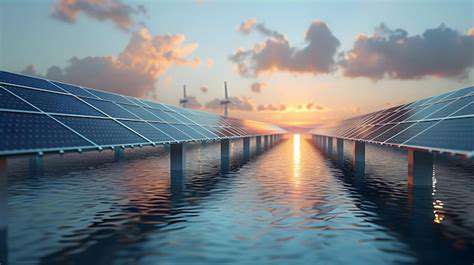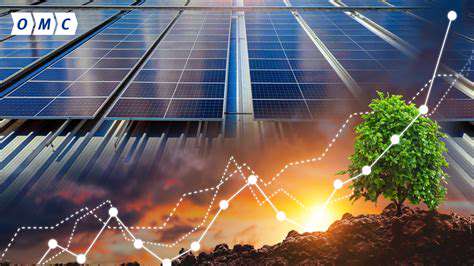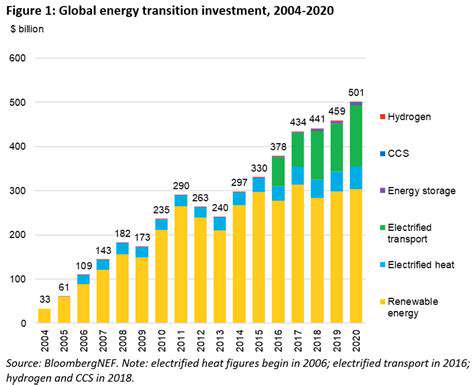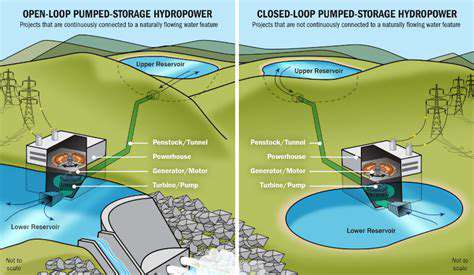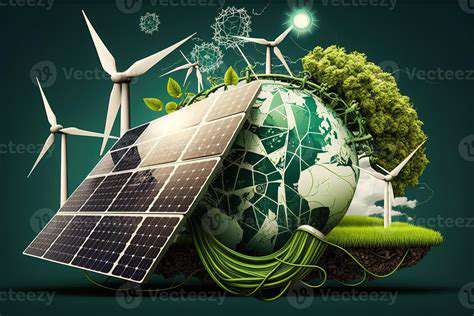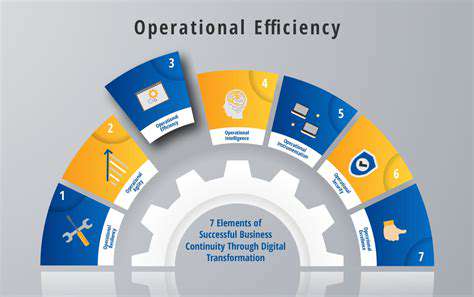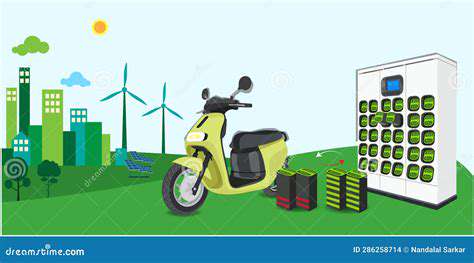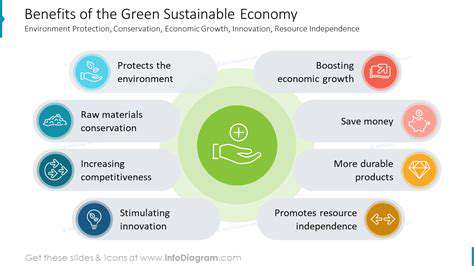Energy Storage for Community Microgrids
Introduction to Community Microgrids and Energy Storage
Understanding Community Microgrids
Community microgrids are localized, self-sufficient energy systems that integrate renewable energy sources, energy storage, and traditional power grids. They offer a significant advantage over traditional centralized power grids, particularly in remote or underserved communities, providing greater resilience to outages and fluctuations in power supply. These distributed systems allow for a more diversified energy mix, incorporating solar, wind, and other renewable sources, reducing reliance on fossil fuels and contributing to a more sustainable energy future. The integration of energy storage solutions is critical to the smooth operation of a microgrid, enabling it to manage fluctuating renewable energy generation and maintain consistent power delivery.
Essentially, a microgrid acts as a mini-power grid, capable of operating independently from the main grid or synchronizing with it depending on the needs of the community. This localized control allows for better management of energy resources and a more responsive approach to energy demands. The flexibility offered by microgrids is a key factor in improving energy security and reliability, especially in areas prone to natural disasters or grid failures. Furthermore, the integration of advanced monitoring and control systems is crucial for optimal performance and efficient management of the microgrid's resources.
The Role of Energy Storage in Microgrids
Energy storage is a fundamental component of community microgrids, playing a critical role in their stability, reliability, and efficiency. Energy storage systems, such as batteries, pumped hydro, and compressed air energy storage, provide the capacity to store excess energy generated from renewable sources, like solar and wind, for later use when demand exceeds supply. This ability to smooth out fluctuations in renewable energy production is essential for maintaining a consistent and reliable power supply within the microgrid.
Without energy storage, the intermittent nature of renewable energy sources would create significant challenges for microgrid operation. Energy storage systems act as a buffer, ensuring that the microgrid can maintain power during periods of low renewable generation or high demand. This crucial function of energy storage enables community microgrids to operate reliably and efficiently, minimizing the impact of fluctuating energy production on the overall system performance. The choice of energy storage technology depends on factors like the specific needs of the community, cost considerations, and environmental impact.
Furthermore, energy storage in microgrids often allows for greater integration of electric vehicles, potentially using the batteries in vehicles as part of the storage system. This aspect of integration offers additional benefits and flexibility for the overall energy management within the community. The dynamic nature of energy storage integration within a microgrid presents a complex but crucial aspect of renewable energy advancement and community resilience.
Types of Energy Storage Technologies for Microgrids
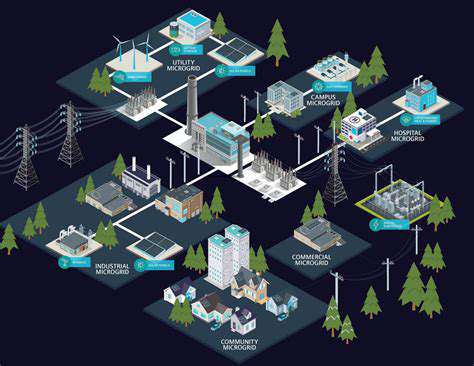
Battery Storage
Battery storage systems are a popular and widely used energy storage technology. They utilize electrochemical reactions to store and release energy, typically in the form of lithium-ion batteries. These systems offer a high power density, meaning they can quickly release large amounts of energy, which is crucial for applications like grid stabilization and supporting intermittent renewable energy sources. Furthermore, battery technology is constantly evolving, with advancements in materials and designs leading to increased energy density and longer lifespans.
However, the environmental impact of battery production and disposal is a significant concern. The extraction of raw materials like lithium and cobalt often involves environmentally damaging practices, and the disposal of spent batteries can present hazardous waste issues. Careful consideration of the entire lifecycle of battery systems is crucial in evaluating their sustainability.
Pumped Hydro Storage
Pumped hydro storage is a large-scale energy storage technology that leverages the principle of gravity. It involves pumping water uphill into a reservoir during periods of low energy demand and releasing it back down through turbines to generate electricity during peak demand. This method offers a high energy storage capacity and relatively long lifespan, making it an excellent solution for large-scale energy storage needs.
Despite its advantages, pumped hydro storage is often geographically constrained, requiring specific topographical features. Finding suitable locations can limit its widespread deployment. The construction of pumped hydro plants can also be costly and disruptive to the environment.
Compressed Air Energy Storage (CAES)
Compressed air energy storage (CAES) is a promising energy storage technology that stores energy by compressing air and storing it underground. During periods of high energy demand, the compressed air is released and used to drive turbines, generating electricity. This method boasts a high energy storage capacity and a potentially long lifespan, offering a robust solution for large-scale energy storage.
A notable drawback of CAES is the need for specialized underground facilities, which can be expensive and require significant upfront investment. The technology's deployment is still relatively limited compared to other storage options due to these factors, but research and development are ongoing to address these challenges.
Flywheel Energy Storage
Flywheel energy storage utilizes the kinetic energy of rapidly spinning wheels to store energy. The stored energy can be released quickly, making it suitable for applications requiring rapid power delivery, like supporting variable renewable energy sources. Flywheels offer a high power density and a relatively short charging time, a significant advantage in certain situations.
Thermal Energy Storage
Thermal energy storage systems utilize materials with high heat capacity to store thermal energy. These systems can store heat for later use in various applications, such as industrial processes, space heating, and cooling. They are especially beneficial in situations where large amounts of thermal energy are needed, and they can be used in conjunction with solar thermal technologies. The efficiency of thermal storage depends heavily on the material used and the specific application.
Gravitational Energy Storage
Gravitational energy storage systems utilize the principle of gravity to store energy. These systems typically involve lifting heavy objects to a high elevation during periods of low energy demand. The potential energy stored in the elevated objects can then be released to generate electricity when needed. This technology offers a high energy storage capacity and a long lifespan, making it a potential solution for large-scale energy storage. However, the construction and maintenance of these systems can be expensive, and finding suitable locations is often a significant hurdle.
